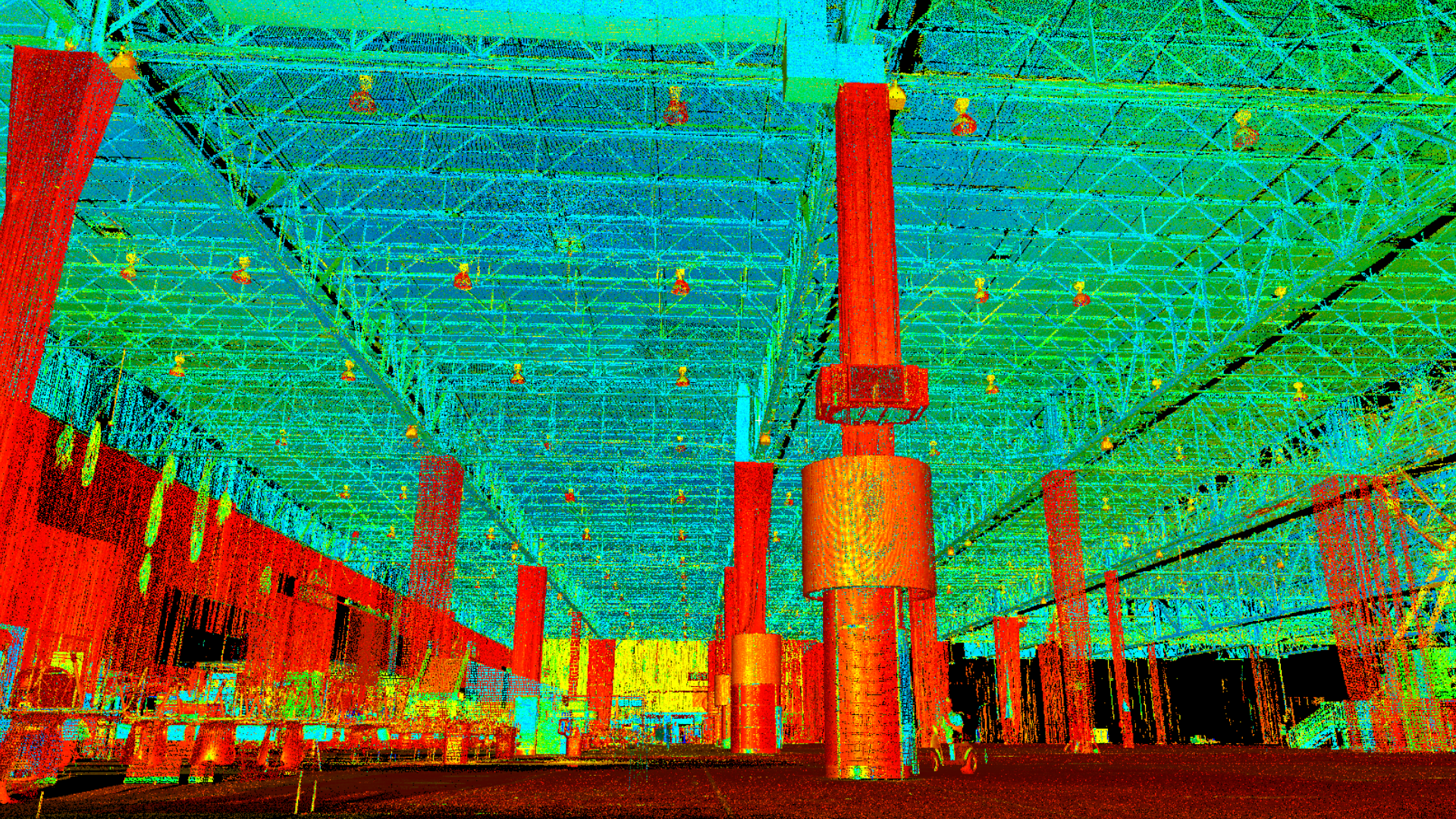
The current standard for facility data handover after construction is a set of 2D record plans, equipment specifications, O&M manuals, and possibly commissioning reports. Many airports have experienced, or will experience, BIM during design and construction because architects, engineers, and contractors have been adopting BIM over the last decade (even when it is not required by the contract).
BIM is at the forefront of a transformation of the construction industry. It enables the development of advanced construction logistics and work ow sequencing, cost estimating, value engineering, and automated construction. There has already been much written about the use of BIM for the design and construction portions of the facility life cycle, and there are many resources available to airports that wish to create standards for development of their capital projects. ACRP Synthesis 70: Building Information Modeling for Airports provides a broad overview of BIM practices at airports that is primarily focused on the design and construction phases (McCuen and Pittenger, 2016).
The Guidebook from which this extract is published focuses on how to utilize BIM after construction to enhance life cycle asset management. The use of BIM in this manner is fundamentally different from the use of BIM solely for design and construction. Life cycle BIM is about developing an ongoing process of asset creation, maintenance, and renewal. As such, BIM affects not only an airport’s facility information infrastructure, but also the way various airport stakeholder groups interact, communicate, and collaborate. Life cycle BIM not only requires technology changes; it also requires cultural changes.
Airports face different challenges based on their size and location. Some are focused on how to best manage the projected growth of airline traf c over the next few decades. These airports are in the process of expanding facilities, adding runways, or completely rebuilding aging terminals and infrastructure. Other airports are focused on how to reduce their costs to make their rates and charges more competitive for airlines.
In some cases, airports may be strategically improving facilities and services as a means of economic development, serving as a gateway to promote regional growth. Regardless of the challenges faced, airports must nd a way to fund improvements. BIM can be used to deliver bene ts that reduce both capital and operational spending:
- Capital expenses. BIM can reduce the time and cost involved in designing and constructing new facilities. BIM can also enhance capital planning by providing more accurate and complete facility asset data.
- Operational expenses. BIM can lower the operational and maintenance costs of airport facilities through improved maintenance planning, asset management, and collaboration between the airport and its key stakeholder groups (airlines, tenants, and others). BIM can also promote the design of sustainable facilities.
You can download the complete Guidebook in this link : https://www.nap.edu/login.php?record_id=25840




